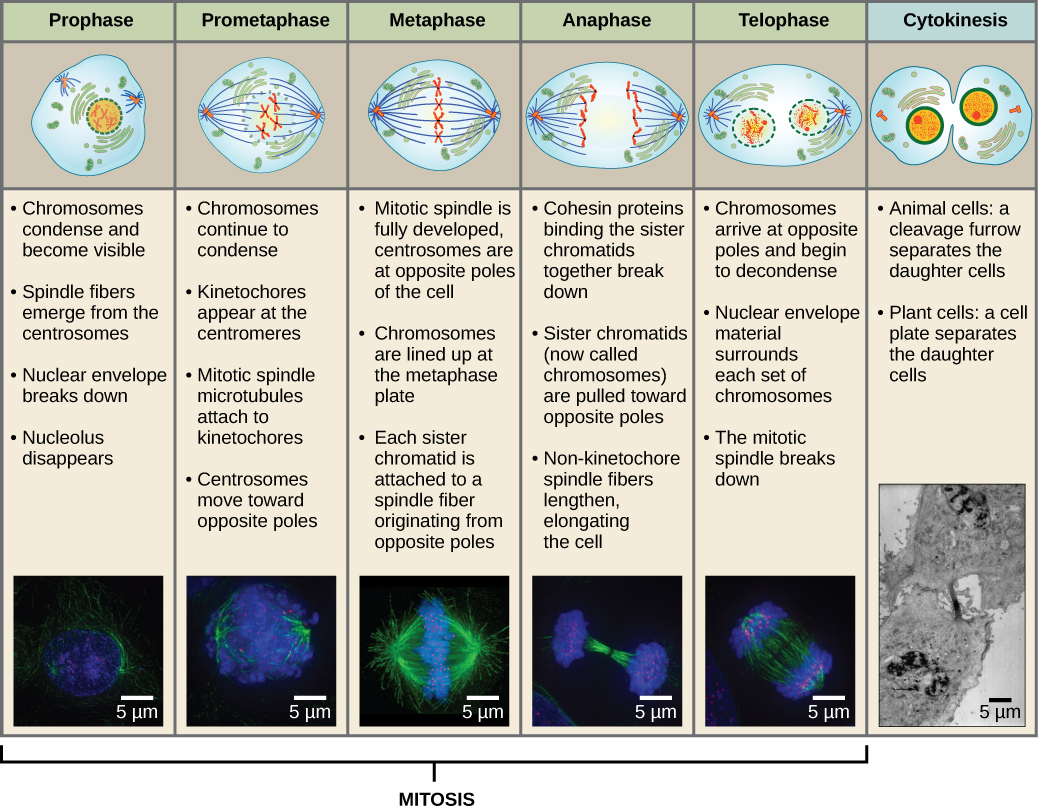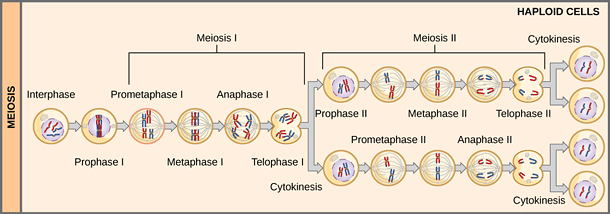Chapter 3 Genetics
Chapter Overview
Title: Genetic Analysis: An Integrated Approach Third Edition, Chapter 3 - Cell Division and Chromosome Heredity
Focuses on mechanisms of cell division, inheritance patterns, and the role of chromosomes in heredity.
Cell Division
Mitosis
Mitosis results in two identical daughter cells that are genetic replicas of the parental cell.
Most body cells are somatic cells, which are diploid (2n), containing pairs of chromosomes.
The haploid number (n) contains one chromosome from each pair.
Meiosis
Meiosis produces gametes from germ-line cells, reducing chromosome number by half.
Results in genetically diverse gametes, not identical to one another.
Chromosomes
Sex chromosomes (X and Y) differentiate between male and female and play roles in gene expression.
The chromosome theory of heredity is supported by the discovery of genes on the X chromosome.
Stages of Mitosis
Overview of Mitosis
Defined by controlled processes that ensure accurate cell division into two genetically identical cells.
M phase: period of cell division.
Interphase: preparation phase with DNA replication.
Phases:
G1 (high gene expression)
Cell growth, metabolic activity, preparation for DNA replication
Vital for providing the necessary conditions for DNA synthesis and the successful progression of the cell cycle, ensuring the production of healthy daughter cells.
S (DNA synthesis)
DNA replication, repair mechanisms, and cell growth
Ensures that DNA is ready for the next phase of the cell cycle, allowing for accurate genetic information to be passed on to the daughter cells.
G2 (preparation for division)
DNA repair and integrity, regulation through checkpoints
This phase is crucial for preventing mutations and ensuring that any damaged DNA is corrected before mitosis begins.
Substages of M Phase
M phase includes:
Prophase
Prometaphase

Metaphase
Anaphase
Telophase
Mitosis separates chromosomes into daughter cell nuclei and initiates cytokinesis.
Chromosome Movement During Mitosis
Microtubules from centrosomes form the spindle apparatus that organizes and segregates chromosomes.
Types of spindle fibers:
Kinetochore microtubules (attach to chromatids)
Polar microtubules (assist in elongating the cell)
Astral microtubules (anchor to the cell membrane).
Anaphase
Sister chromatids separate, driven by separase enzyme that cleaves cohesin proteins.
Cell elongates due to lengthening of polar microtubules, facilitating division.
Telophase and Cytokinesis
Telophase sees the reformation of nuclear membranes and decondensation of chromosomes.
Cytokinesis occurs differently in animal (contractile ring) and plant cells (cell wall formation).
Karyokinesis is the division of the daughter cell nucleus but cytokinesis is the process that divides the cytoplasm, resulting in two distinct daughter cells.
Meiosis
Introduction to Meiosis
Involves two rounds of cell division, leading to four non-identical haploid cells.
Key events in meiosis include pairing of homologous chromosomes and crossing over for genetic diversity.
Crossing over refers to the exchange of genetic material between two homologous chromosomes during meiosis
Stages of Meiosis
Meiosis I
Divided into substages: leptotene, zygotene, pachytene, diplotene, and diakinesis.
Homologous pairs synapse and recombination occurs during prophase I, leading to genetic variation.
Produces 2 haploid cells that contain half the number of chromosomes as the original diploid cell, each with a unique assortment of alleles due to the recombination process.
Meiosis II
Resembles mitosis; sister chromatids separate, leading to the production of four haploid gametes.
Each gamete contains a unique combination of genes, further increasing genetic diversity in offspring.
Produces 4 haploid cells that are genetically distinct from one another due to the process of crossing over and independent assortment that occurred during meiosis I.

Inheritance Patterns
Chromosome Theory of Heredity
Proposed by Sutton and Boveri, stating that gene behavior mimics chromosome behavior during meiosis.
Experiments by Morgan provided evidence of genes located on chromosomes.
Sex-Linked Inheritance
Characterized by inheritance of genes located on sex chromosomes.
X-linked traits show distinct inheritance patterns due to differences in male and female karyotypes.
Laws of Inheritance
Mendelian ratios established through separation of alleles during gamete formation.
Independent assortment illustrated through different combinations of alleles.
Dosage Compensation
Mechanisms that balance the expression of sex-linked genes between males (XY) and females (XX).
Random X chromosome inactivation in females leads to mosaic expression of X-linked traits.
Conclusion
Understanding cell division and chromosome behavior is essential in genetics.
Insights into sex-linked inheritance provide foundational knowledge for genetic disorders.

Overall, mitosis creates two identical diploid cells, then meiosis produces four genetically diverse haploid cells, which is crucial for sexual reproduction and genetic variation.